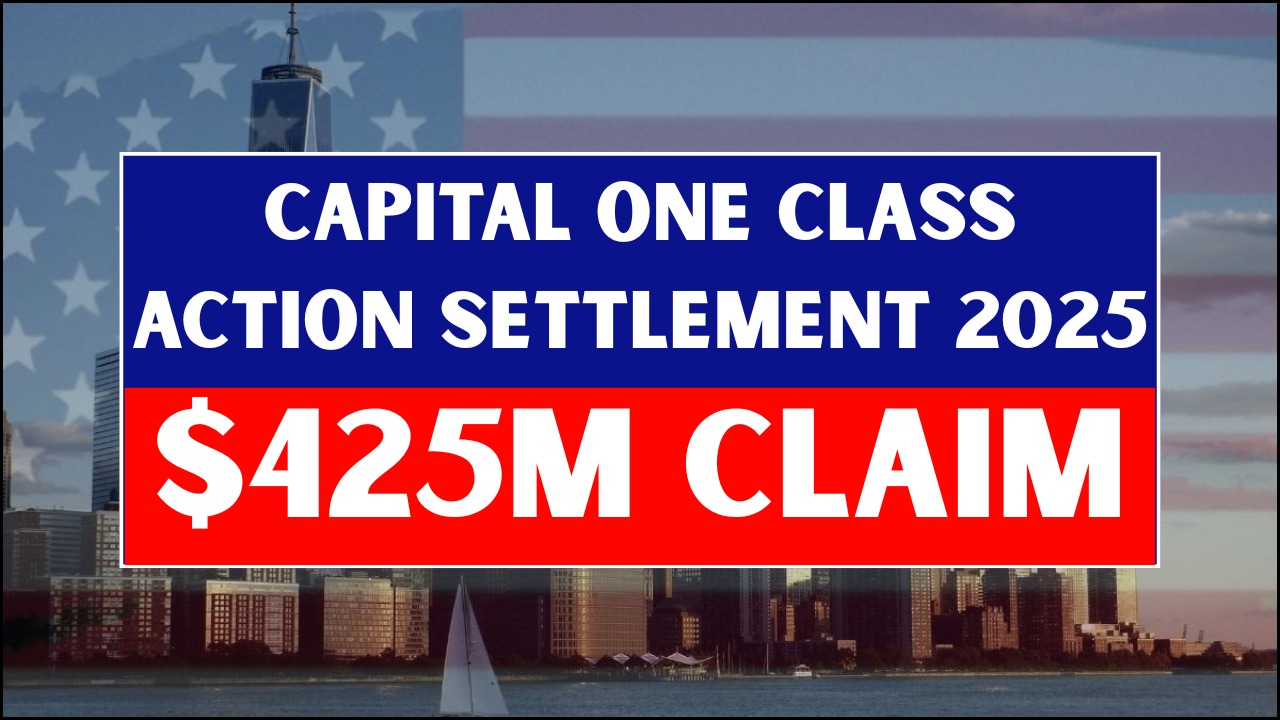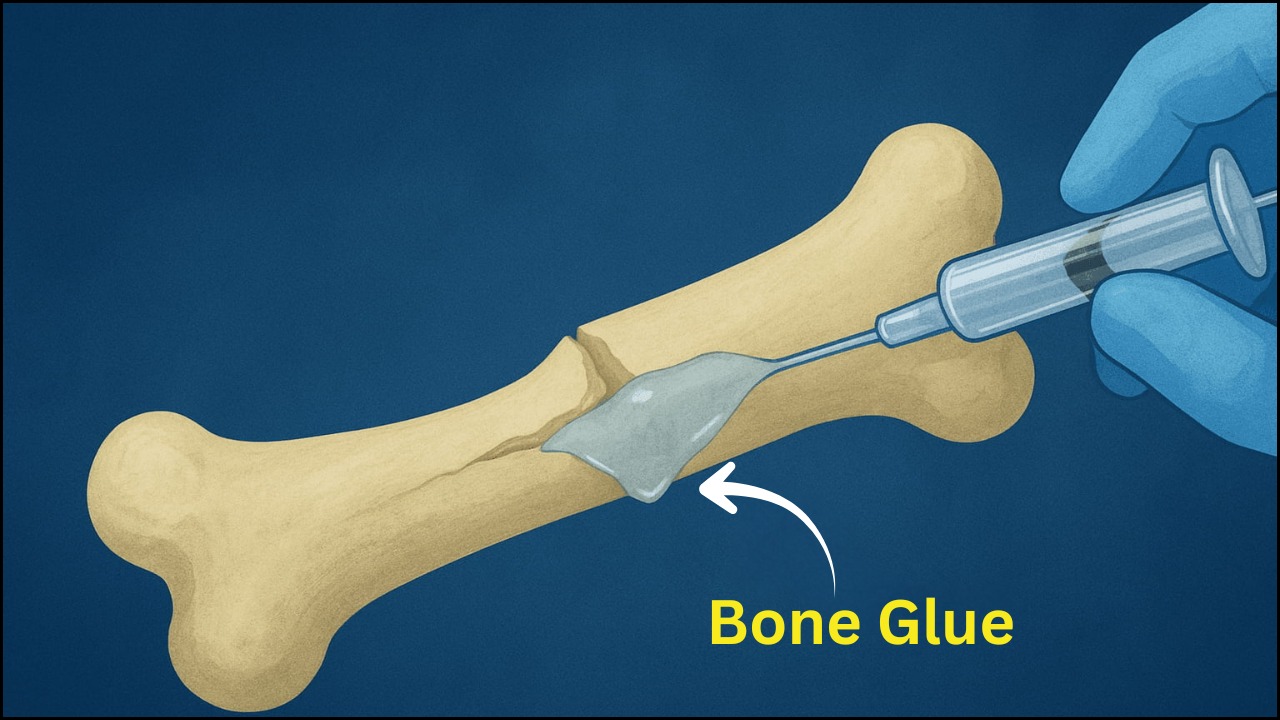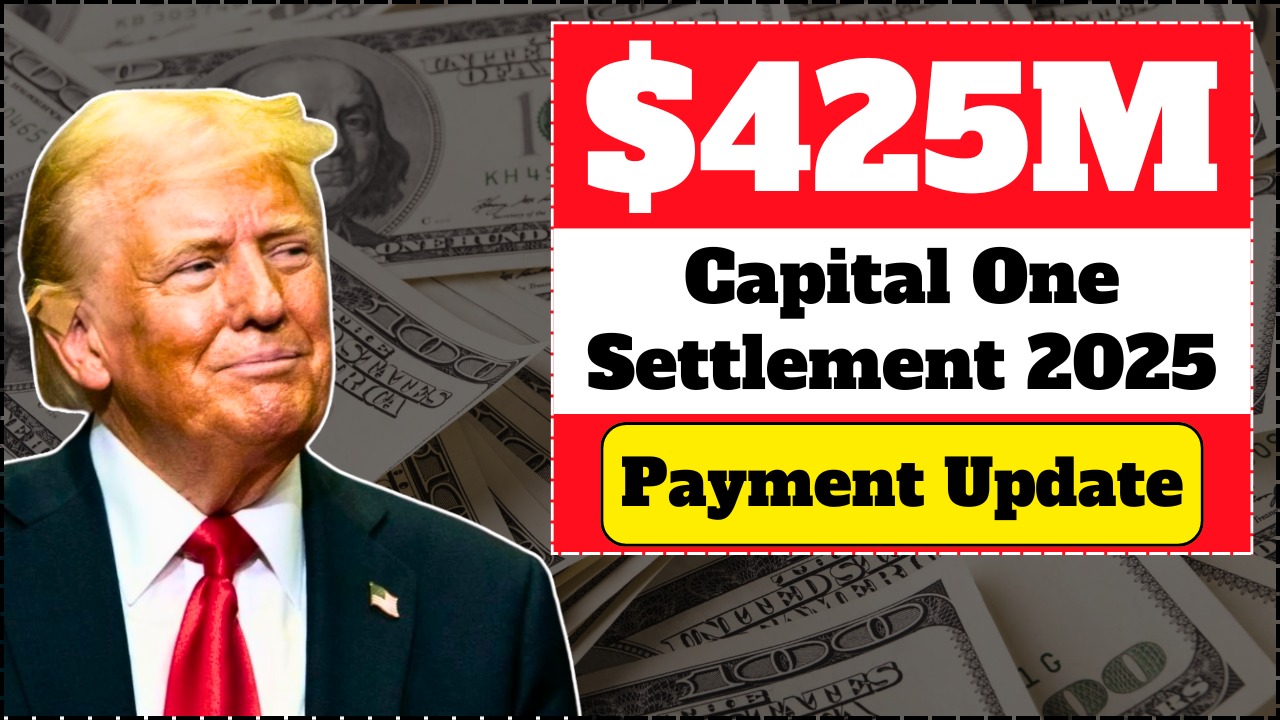Millions of Americans are eagerly waiting for the IRS $1,390 Direct Deposit Relief Payment, set to arrive in October 2025. This new round of financial support aims to ease the burden of inflation, rising rent, and essential expenses affecting households nationwide.
According to the Internal Revenue Service (IRS), payments will be deposited directly into eligible taxpayers’ bank accounts. This relief measure forms part of the federal government’s broader strategy to help low- and middle-income Americans cope with ongoing economic pressures.
Table of Contents
What Is the IRS $1,390 Relief Payment?
The IRS $1,390 Direct Deposit Relief Payment is a one-time financial aid designed to provide quick support to struggling households. It is not a loan or tax refund, meaning recipients don’t have to pay it back or include it in their next tax filing.
The payment’s goal is to enhance spending power and bring relief to families dealing with high costs of living. Eligible recipients will receive funds automatically—no separate application is needed.
Purpose Behind the Payment
This relief payment seeks to reduce financial strain on millions of Americans. Inflation has caused prices of groceries, rent, utilities, and healthcare to climb significantly. The $1,390 payment offers a financial cushion to help citizens afford these daily necessities.
It also aims to strengthen the economy by boosting consumer spending. Economists believe that direct cash payments help stabilize communities and promote recovery in local markets, especially during times of financial uncertainty.
Overview
| Program Name | IRS $1,390 Direct Deposit Relief Payment 2025 |
|---|---|
| Administered By | Internal Revenue Service (IRS) |
| Payment Amount | $1,390 (one-time payment) |
| Payment Method | Direct Deposit / Paper Check |
| First Payout Date | Mid-October 2025 |
| Eligibility Year | Based on 2024 Tax Return |
| Official Website | https://www.irs.gov/ |
Eligibility Criteria
Eligibility depends on income, tax filing status, and residency. To qualify, recipients must have filed their 2024 federal tax return and possess a valid Social Security number.
Those most likely to qualify include:
- Individuals and families with low or moderate income
- Social Security, SSI, SSDI, and VA beneficiaries
- Taxpayers who meet the IRS income thresholds
Here’s a quick breakdown of eligibility categories:
| Category | Income Limit | Eligibility |
|---|---|---|
| Single Filers | Up to $75,000 | Full Payment |
| Married Couples | Up to $150,000 | Full Payment |
| Head of Household | Up to $112,500 | Full Payment |
| Above Income Limit | Over listed amount | Partial Payment (phased out) |
Dependents listed on 2024 tax returns may also increase the total household payment amount.
When Will the Payments Arrive?
The IRS has confirmed that direct deposit payments will begin in mid-October 2025. Most recipients can expect the funds by the end of the month, while paper checks will be mailed slightly later for those without direct deposit information on file.
To avoid delays, taxpayers should:
- Verify their banking details with the IRS.
- Ensure they filed their 2024 tax return.
- Monitor the IRS “Get My Payment” tool for live updates.
How to Track Your Payment
Recipients can monitor their payment status using the IRS’s “Get My Payment” feature on the official IRS website. The tool provides details such as:
- Payment method (direct deposit or check)
- Scheduled deposit date
- Any potential processing issues
Users need their Social Security number, date of birth, and tax filing status to access this information.
The IRS cautions taxpayers to beware of scam messages or fraudulent websites pretending to release early payments. Only IRS.gov publishes official updates regarding payment distribution.
How Will You Receive the $1,390 Payment?
Most recipients will get their relief payment through direct deposit, which is the fastest method. Those without direct deposit details on record will receive paper checks through the mail.
For beneficiaries of Social Security, SSI, SSDI, and VA programs, payments will be deposited into the same bank account used for regular benefit deposits.
No additional application is required — eligibility is determined automatically based on 2024 tax and benefit data.
Is the $1,390 IRS Relief Payment Taxable?
No, the IRS $1,390 Relief Payment is non-taxable. It does not count as income and does not affect your 2025 tax return. Recipients don’t have to report it when filing taxes next year.
It will also not reduce other federal assistance benefits, such as SNAP, SSI, or Medicaid. However, it’s recommended to keep a record of the transaction for your own financial records or in case verification is needed later.
Common Issues and How to Avoid Them
Some individuals may experience payment delays or missing deposits due to outdated tax or banking information. To prevent such issues:
- Make sure your 2024 return has been filed correctly.
- Update your bank details on file with the IRS.
- Avoid third-party scams or unofficial websites claiming early access to funds.
If you don’t receive your payment by the end of October 2025, wait at least two weeks before contacting the IRS. You can file a payment trace request if your deposit or check doesn’t arrive.
FAQs
A = Eligible taxpayers who filed their 2024 returns and fall under the income limits.
A = Direct deposits start in mid-October 2025, with most arriving by month-end.
A = No, it’s a one-time, non-taxable payment that doesn’t affect future benefits.





